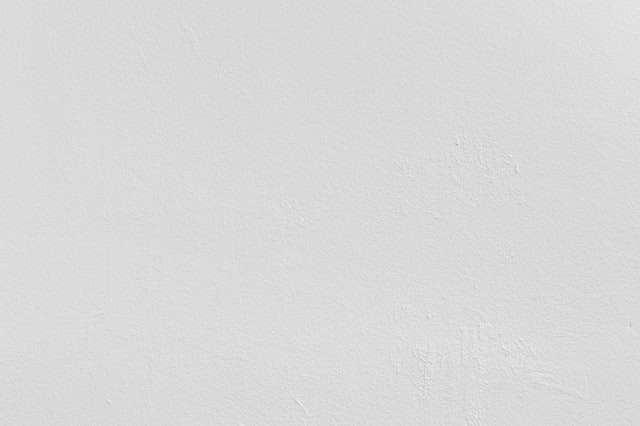Wall plaster damage is one of the most commonly occurring types of plaster damage and may ask you putting on your DIY hat and pulling out your tools to handle it yourself. Sometimes, it is difficult looking for a plaster Canberra, so you might have to do the job yourself. Today, I will tell you about the tools you require for doing this job.
- A Scraper
The first step to plastering a damaged wall yourself is to remove any excess loose plaster by scraping it off. This will leave a smooth wall behind, which helps the fresh wall plaster go on smoother as well. In case the plaster is difficult to scrape off, you might also require a cold chisel and a ball peen hammer to chisel it off before scraping it for a smooth base.
- A Bucket Or Two, And A Mixing Stick
After scraping off the flaking plaster, you must prepare the fresh plaster. To do this, you require a bucket as well as a mixing stick to mix the plaster properly and get the required consistency. It is best to give your plaster the consistency of cake frosting since it will be smooth enough to give you a professional-looking finish. It is also helpful to have another bucket of water available. It will allow you to clean any tools immediately that may get plaster on them.
- A Hawk And A Trowel
Next, you will require a hawk and trowel. A hawk is a flat tray-like tool that you can put the plaster on from your bucket, and hold while you work. Surely, it is inefficient to return to the bucket every time you require more plaster. You can then use a trowel or a wallboard knife to scoop a small amount of plaster off the hawk and spread it onto the hole in your wall. The first coat should always be level with uniform thickness (not more than 2mm).
- Drywall or Plaster Tape
In case of considerable damage to the wall plaster, you might also need drywall or plaster tape to fill in the hole. After the first coat, you will need to apply a joint compound over it before applying the drywall. Reapply the joint compound over the drywall, and smoothen it out using your trowel. You can then apply the second, thinner layer of plaster over the joint compound once it has dried.
- A Concrete Float
Once plastering is done, you will require a concrete float to remove any trowel marks from the plaster. This will give you a smooth finish for easy painting.
- Sandpaper And Sanding Block
In case you end up with a too-smooth wall, it will be difficult for paint to stick. You can use sandpaper with a sanding box to get the wall back to the eggshell-like texture.
- Paint Brushes
After sanding the wall, you need to prime it for the paint using a paint primer. You can apply it using a paintbrush with synthetic bristles. Once you complete the priming, you can repaint the wall. Your undamaged wall is ready!
I’m a 20-something stay-at-home mother and wife. I have an amazing husband, a beautiful daughter, two loving dogs, and a lazy cat. I wouldn’t change my life for anything! I love to read, listen to music, cook and blog!


Speak Your Mind